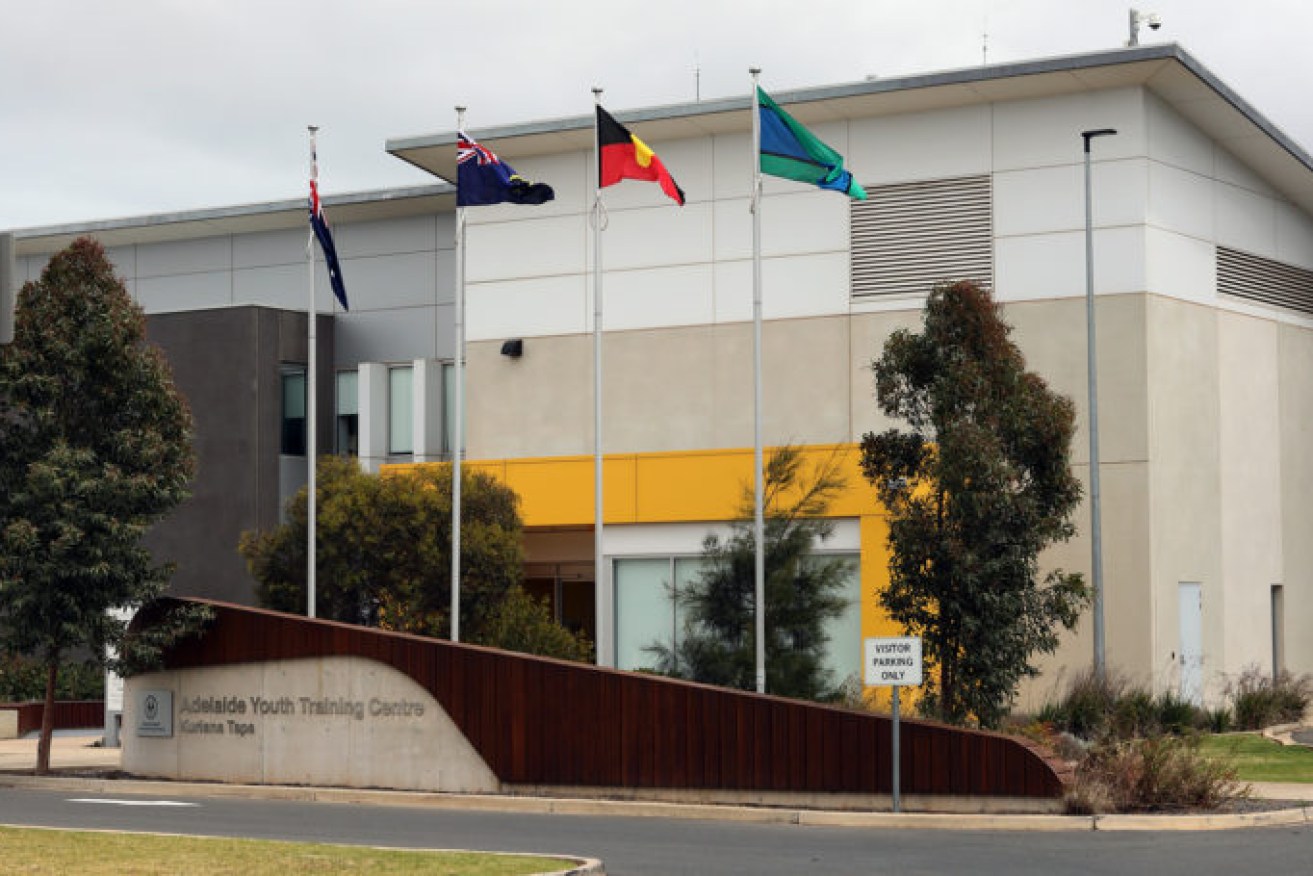Locking children in cells doesn’t help them or the community
Claims that raising the criminal age from 10 to 14 will diminish deterrance and invite exploitation of children by unscrupulous adults are disengenous and alarmist, argues Anne Bainbridge.

Kurlana Tapa youth detention centre at Cavan. Photo: Tony Lewis/InDaily
Suggestions that 10-13 year olds will be emboldened by the change of law and exploited by adults to the detriment of community safety are erroneous. So too suggestions that there would be no consequence or deterrent for children who offend.
Much has been written about the effectiveness of deterrence, including appearance in court and threat of detention, and the findings are clear – it doesn’t decrease offending behaviour. In fact, it often increases offending behaviour. And, if children and young people are open to being exploited by unscrupulous adults into offending, doesn’t that support the argument that 10-13 year olds are not developmentally mature enough to be imprisoned?
Such commentary is disingenuous at best and alarmist at worst.
The campaign to raise the age calls for investment in interventions and support services for children and families to prevent them from entering the system – to spend money on solutions rather than jails. It recognises medical evidence that children and young people who are arrested, sent to court or locked up are at greater risk of developing mental illness, disengaging from school, and becoming homeless.
Imprisoning children and young people can cause lifelong harm and trauma, and that is clearly not in the best interests of children and young people or community safety.
In SA we have separate legislation that treats children differently to adults. The Young Offenders Act (1993) recognises the developmental stage of children and young people and makes provision for the “…care, correction and guidance necessary for their development into responsible members of the community and the proper realisation of their potential”. The focus is meant to be on rehabilitation, but it’s hard to see how the system is delivering when children and young people are locked in their cells for up to 23 hours a day due to staff shortages.
The recent state budget included additional funding for Kurlana Tapa, but the spending is misdirected. If prison is the place where children and young people are receiving the best care, support, education and guidance, then we’re doing something very wrong. Delivering “one of the most modern and therapeutic facilities in Australia” shouldn’t be a source of pride. Investment in the imprisonment of children and young people rather than in policy, programs and services that seek to enable them to reach their potential is counterproductive.
The focus is meant to be on rehabilitation but it’s hard to see how the system is delivering when children and young people are locked in their cells for up to 23 hours a day due to staff shortages
This is salient when we consider that nationally, on average, there are more children and young people in detention who are on remand than have been sentenced. And children and young people are often remanded in custody due to a lack of appropriate accommodation in the community which would seem to be a child protection, not a justice issue.
The fact that many of the 43 children aged between 10-13 years incarcerated at Kurlana Tapa in 2020-21, were Aboriginal, had disabilities, or were in the child protection system would suggest this issue is bigger than youth justice and will require a whole-of-government response.
Establishing the causes of offending, intervening early and raising the age of criminal responsibility are not mutually exclusive. Meeting the needs of children and young people is a much better way to create safe and healthy communities. Sometimes that might mean providing care and support in a specialist environment but that’s not prison.
Politicians have the power to make decisions that keep children and young people safe, supported and free from prison and they must look beyond current approaches and invest in community-led solutions. It’s that – not jail – that will ensure communities are safer and children and young people can grow and thrive.
Anne Bainbridge is chief executive officer, Youth Affairs Council of SA




